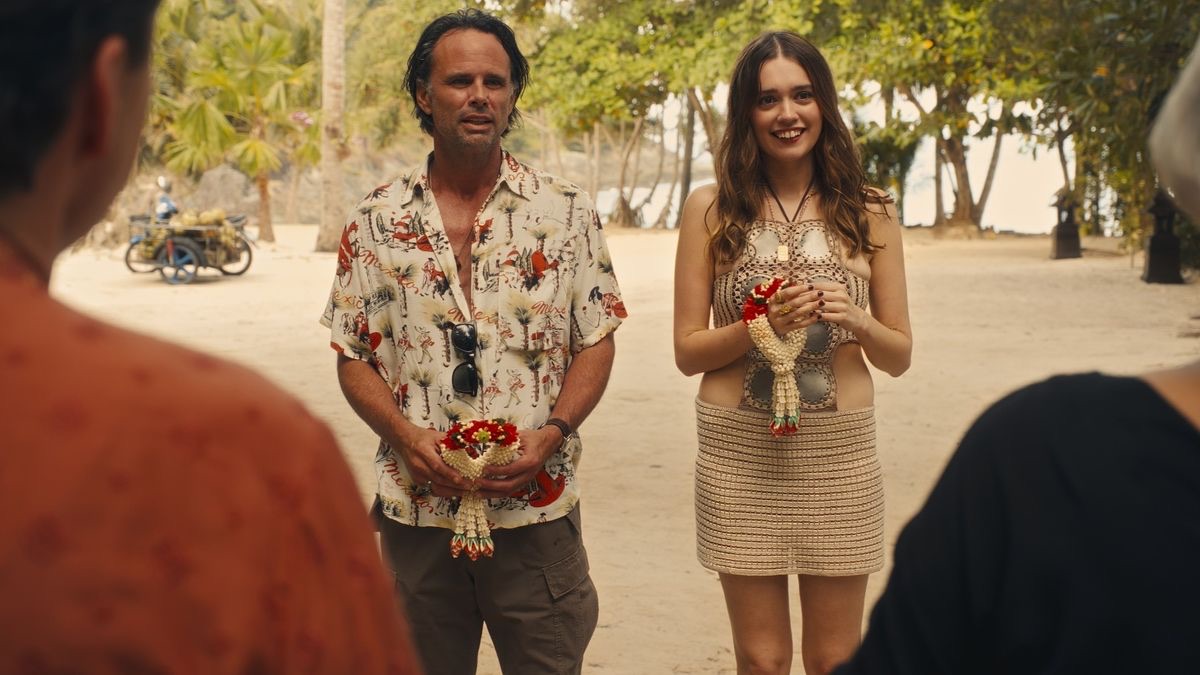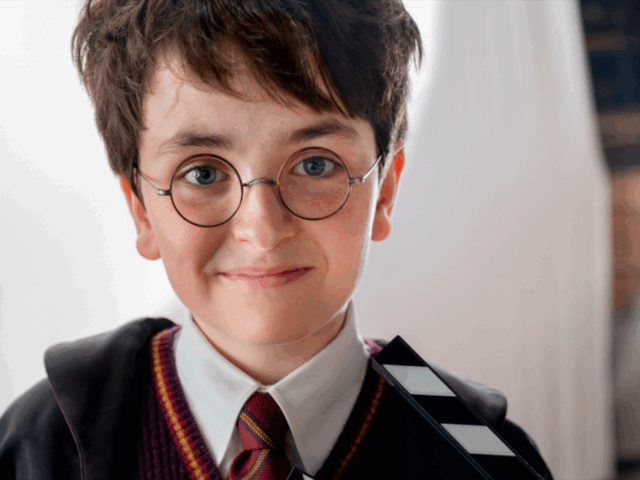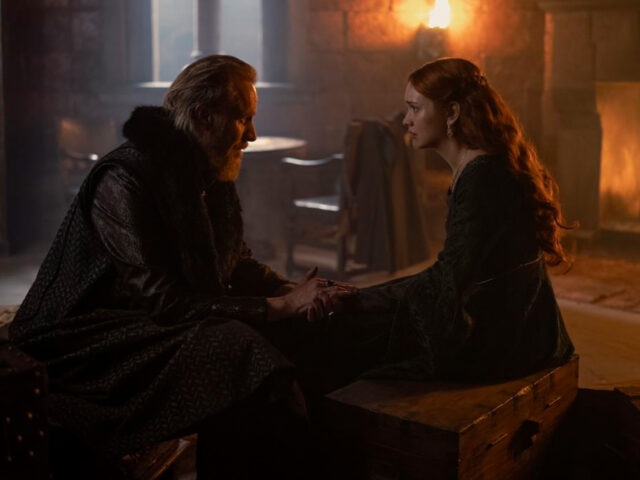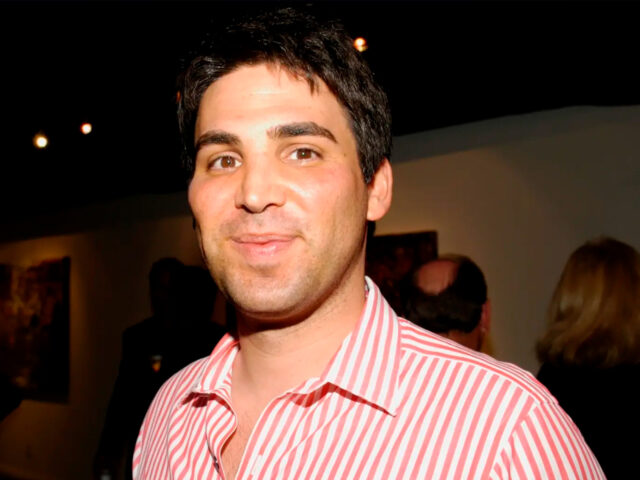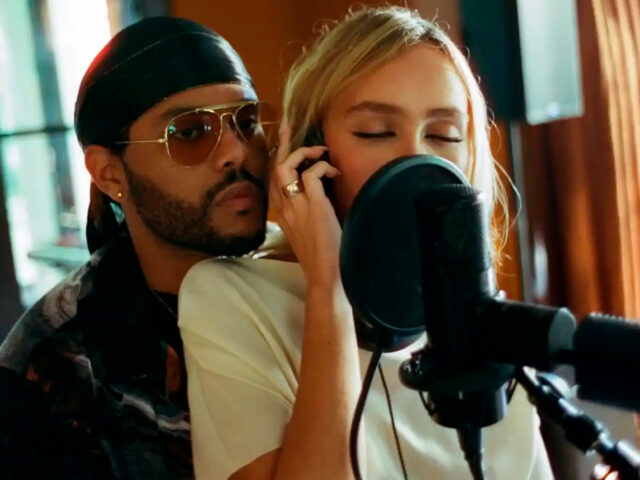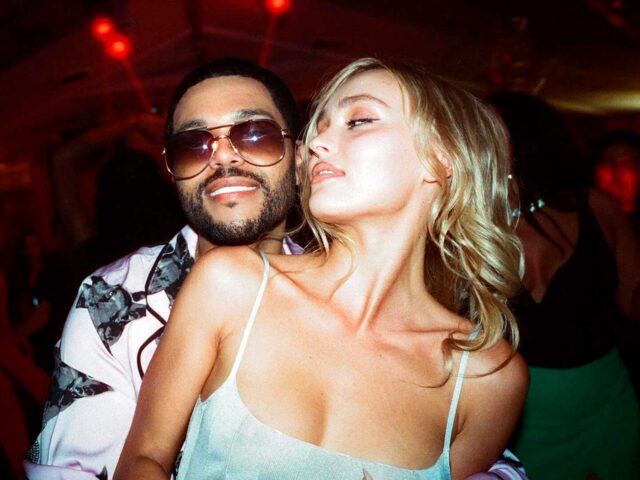The White Lotus, Mike White’s masterpiece, continues its rise as one of the most acclaimed and nominated series each awards season. Its sharp satire on the privileged elite has established itself as a fierce and elegant critique of the contemporary world, laying bare the extravagance and misery of a class that believes itself immune to the reality of others. In this universe of luxury holidays, the spectator witnesses a parade of vanities, where family interactions, couple dynamics and the relationship with the hotel staff are the perfect setting to reveal the fractures of an increasingly dehumanised society.
With each new season, The White Lotus transports us to a unique destination, where the extreme luxury of the White Lotus hotels becomes the perfect context to explore the deepest human tensions. After the stark portrayal of class differences in Hawaii and the hedonism of Italy, the third season takes us to the spiritual magnificence of Thailand, where Buddhist traditions and the serenity of its temples contrast with the unsustainable quest for peace of guests who, as always, are the antithesis of their host environment.
A wellness retreat at the epicentre of contradiction
The main attraction of this Thai hotel is not only its stunning architecture and idyllic location, but the wellness centre devised by owner Sritala (Lek Patravadi), a haven of tranquillity where Thai flora and fauna merge to create an atmosphere of absolute relaxation. However, as we have learned in previous instalments, the peace at The White Lotus is short-lived. Guests arrive seeking a cure for their inner demons, but instead discover that, as always, their darkest desires are all they find. The contradiction is served: the search for harmony in an environment of uncontrol.
A narrative that hooks us from the very first minute
The tradition of the series remains unchanged: the corpse appears in the first few minutes of the episode. A narrative device as old as it is effective, which keeps the viewer hooked from the start. It’s a simple trick, but devastatingly effective: a corpse forces us to theorise about the identity of the dead man, about the motivation behind his disappearance, and about the complex web of relationships that may have led to this outcome. As always, The White Lotus puts us in the position of doubting everyone, as we witness the characters’ passions, secrets and hidden desires unravel in a deadly game of intrigue.
This season is no exception: in the first episode, a calm meditation is interrupted by gunfire in the distance, as a young man, caught in the midst of the violence, turns to Buddha, Jesus and every spiritual figure he can think of for protection. In the midst of the chaos, a corpse floats up, the first symbol of a plot that promises to plunge us into the darkest abysses of human nature.
New characters, complex and ready for anything
As is tradition, season three introduces us to a series of eccentric, multi-faceted characters who, beneath the surface of apparent perfection, hide secrets, obsessions and weaknesses that will soon come to light.
The Ratliff family is a perfect example: a father (Jason Isaacs) caught up in a financial scandal; a mother (Parker Posey) who seems to consume her life with legal drugs; a daughter (Sarah Catherine Hook) obsessed with a Buddhist monk; an older son (Patrick Schwarzenegger) with a sociopathic coldness; and the youngest son (Sam Nivola), incapable of living without pleasing others.
They are joined by three childhood friends, who show the gulf between superficial success and existential emptiness. Jaclyn (Michelle Monaghan) has reached the top as a TV star; Kate (Leslie Bibb) enjoys a dream life with her powerful husband; but Laurie (Carrie Coon) feels disconnected, trapped in a world of superficiality that is not her own.
The final group of guests are a couple of contrasts: a dark, taciturn man (Walton Goggins), whose trip to Thailand is linked to a wealthy, ailing landlord, and his young girlfriend (Aimee Lou Wood), a free soul ready to enjoy the chaos without a care in the world.
The Return of Familiar Faces: Life After Death
In The White Lotus, death doesn’t mean the end, even for the most iconic characters. After the death of Tanya (Jennifer Coolidge) in the previous season, we are surprised by two returns that promise to add new layers of complexity to the third season.
The first is Belinda (Natasha Rothwell), the spa director in Hawaii, who returns to the White Lotus, this time in Thailand, seeking redemption and answers. After being sidelined by Tanya in the previous season, Belinda arrives at the hotel to begin training within the staff, placing her at the centre of a storyline that promises to be as intriguing as it is painful.
The second return is that of Greg (Jon Gries), Tanya’s ex-husband, who, having committed an attempted murder to get his money, now lives in Thailand with a young ex-model. Is their relationship sustained by the fortune gained from Tanya’s death? Or is there something deeper to their new life?
The only thing we can be sure of is that the third season of The White Lotus will not leave us indifferent. The series continues to be a reflection of our times, where beauty is mixed with corruption, and the search for meaning meets the emptiness of luxury. Will this season be able to keep up with its predecessors? Will Mike White manage to continue to unravel the complexities of the human soul through his biting satire? One thing is for sure: the universe of The White Lotus is still a place that will never cease to amaze us.
Sigue toda la información de HIGHXTAR desde Facebook, Twitter o Instagram
You may also like...
